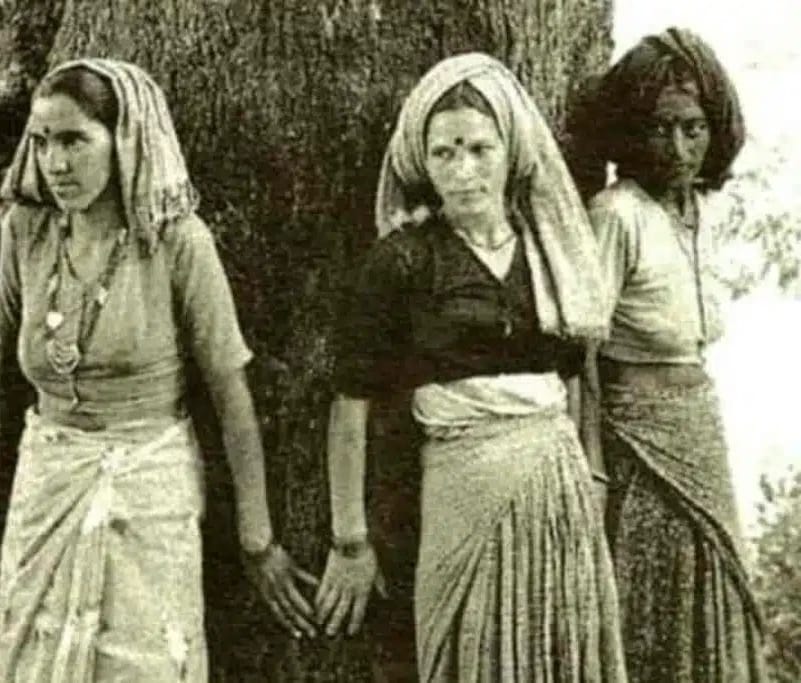Chipko movement of Uttarakhand: a nonviolent ‘Hug’ against deforestation and tree logging
The Chipko movement, a grassroots-level environmental movement that originated in the Indian Himalayas in the 1970s, holds a profound historical significance.
Most of the youth today probably do not even know about the founder of the Chipko movement, the late ‘Gaura Devi’. Gaura Devi was involved in tree plantation along with preventing the felling of trees throughout her life. She also led many other related environmental programs. Despite living in a limited rural area, she had a tremendous foresight. Her thoughts were public welfare-oriented which included the feeling of protecting the environment, she had a special interest in women’s empowerment and social awakening.
In the seventies, the government’s exploitation of natural resources, reckless deforestation, and destruction of wildlife had devastating environmental repercussions in the villages. Led by village leader Gaura Devi, the protest asserted local people’s rights over their resources. By the 1980s, the women’s peaceful resistance birthed the first ecofeminist movement of its kind that became known across India as the Chipko Andolan – or Chipko movement. Chipko is Hindi for “to cling” or “to hug”.
The story of Chipko was inspired by Amrita Devi from the northwestern state of Rajasthan. In 1730, Amrita bravely resisted the orders of the Maharaja (Sanskrit title for “great ruler”) of Jodhpur to cut down trees in her native Khejarli village. Over 350 members of her tribe were beheaded as they hugged the trees to prevent them from being cut. Following the massacre, the Maharaja introduced a ban on cutting down of trees in the entire area.
In 1975, Chipko led to the formation of Van Nigam, a state-owned forest corporation that took over all forms of forest exploitation from private contractors. In the Kumaon division of the northwestern Indian state of Uttarakhand, the movement gained its momentum following major landslides at Tawaghat in 1977, succeeding in blocking forest auctions at several places, including in the small towns of Nainital, Ramnagar, and Kotdwar. The Chipko movement generated enough pressure for a more responsible and inclusive natural resources policy in India.
The movement was crucial in the amendment of the 1927 Forest Act, which increased community involvement and strengthened local conservation efforts.
However, the first major success of the movement was pressuring the Indira Gandhi government to enact the 1980 Forest Conservation Act. The new policy aimed to limit deforestation and conserve biodiversity in the region, with a ten-year ban on green felling growing at over 1,000 meters above sea level in the northwestern Indian state of Uttarakhand. Following that, India’s Supreme Court imposed a ban on felling trees in the northern states of Uttar Pradesh and Himachal Pradesh in 1996, which continues to this day.
Even though the movement brought about commercial deforestation in India by protecting it from loggers, the grassroots people’s primary vision for economic development was ultimately taken away by the complete prohibition on tree cutting in Uttarakhand, which effectively prevented people from developing forest-related industries in the area. The Chipko was essentially an economic campaign, a fight for local livelihood and when this was not achieved, the people became disillusioned. Now, even their traditional rights have been taken away and the forest guard is supreme. The major failure of Chipko was its refusal to recognize its political dimensions. Political organizing – both at local and national level – and electoral politics are necessary for a movement of this kind. But when politicization was attempted, especially by the youth who came into the movement, the Sarvodaya workers dissociated themselves from it. Demands for the villagers to “own rights to manage their forest for their use” were not always at the forefront of the move. Their primary focus was on protecting the forest trees from commercial loggers and destroying the notion that the grassroots communities are careless of their natural environment.
Despite these challenges, the Chipko Movement significantly transformed forest management systems and sparked a network of social activism both in India and worldwide. International ecologists viewed the movement as a cultural response reflecting people’s deep connection to their environment. As a grassroots initiative, it empowered communities by fostering a sense of ownership, advocating for inclusive decision-making processes, and upholding the rights of marginalized populations. The movement challenged the conventional notions of development, which prioritizes economic growth over environmental health.
Although the movement began as a hugging-of-trees protest, its principles continue to inspire and guide contemporary efforts in protecting the environment, upholding marginalized communities’ rights, and bringing new ecological movements across India worldwide. The Chipko movement, which created a stir on the global stage, became a dimension of the intention and willpower of the mountain people, was followed by the people of the world, but was forgotten by its people. A revolutionary event, in whose memory discussions, seminars, and conferences should have been organized across the country But alas, no one even remembers it. This movement started on 26 March 1974 with the slogan ‘First cut us, then the forest’ At that time it became the voice of the people. Gaura Devi became known worldwide as Chipko Woman, whom people have regardless forgotten today.
That is why forests are being destroyed in a planned and surreptitious manner everywhere in India today. Tribal areas are its target and no one has time to think about their rehabilitation and livelihood and employment. The real and true respect for Gaura Devi lies in taking forward the campaign pioneered by her. It is in creating a movement of the masses yet again and making it prosperous and active nationwide.
My salute to the true daughter of the country.
Article written by and Editorial credit: State Bureau Chief Himanshu Nauriyal.
